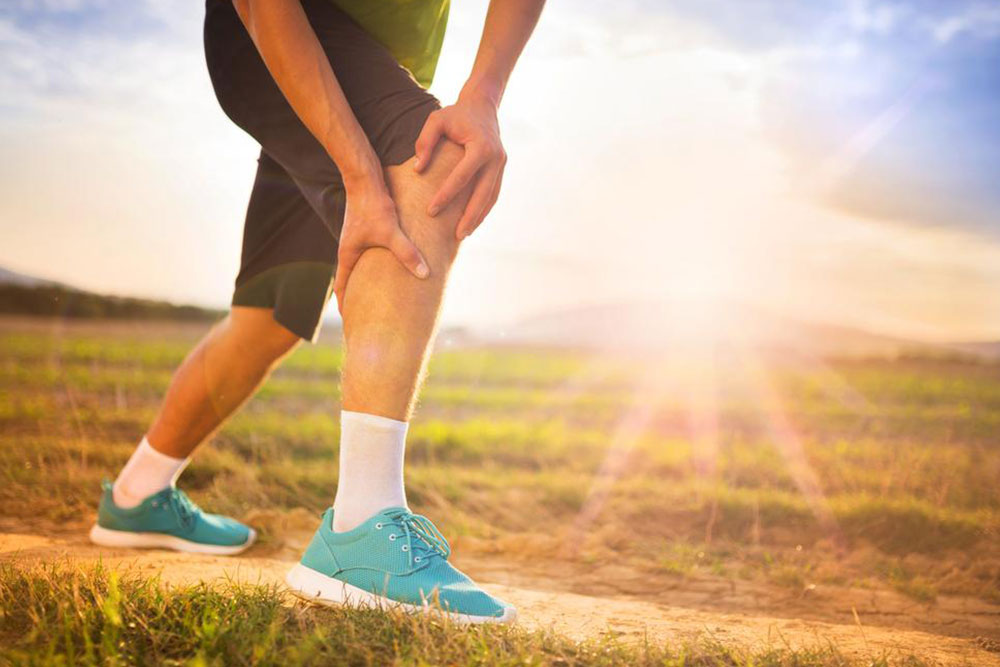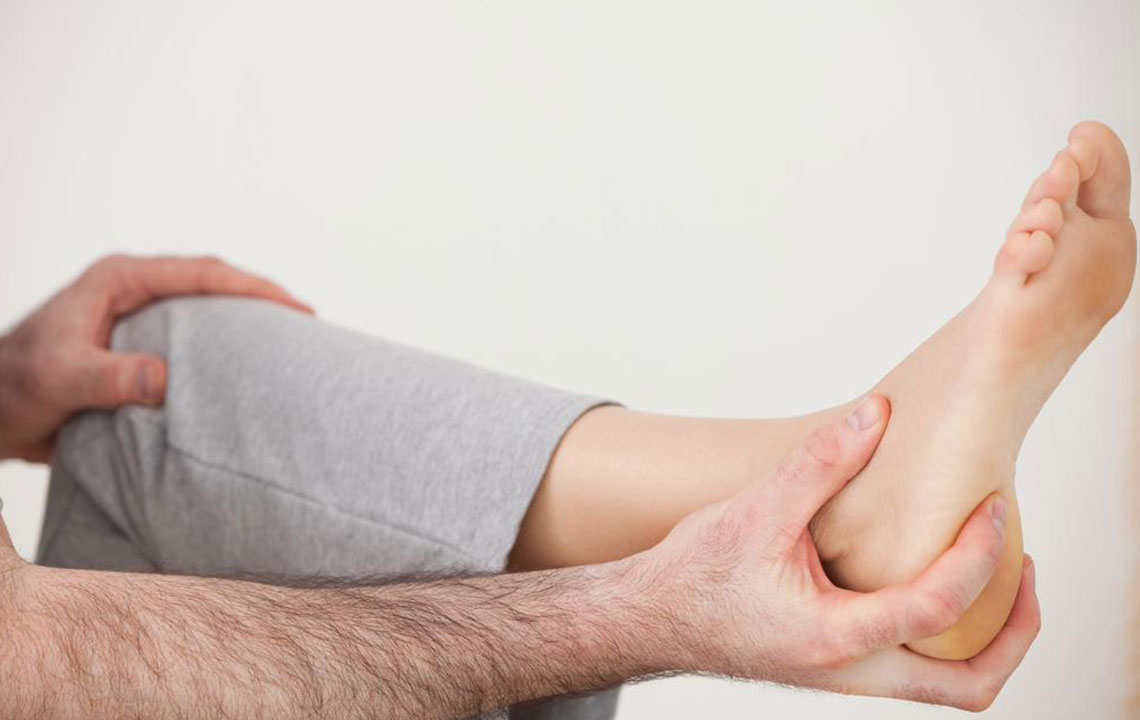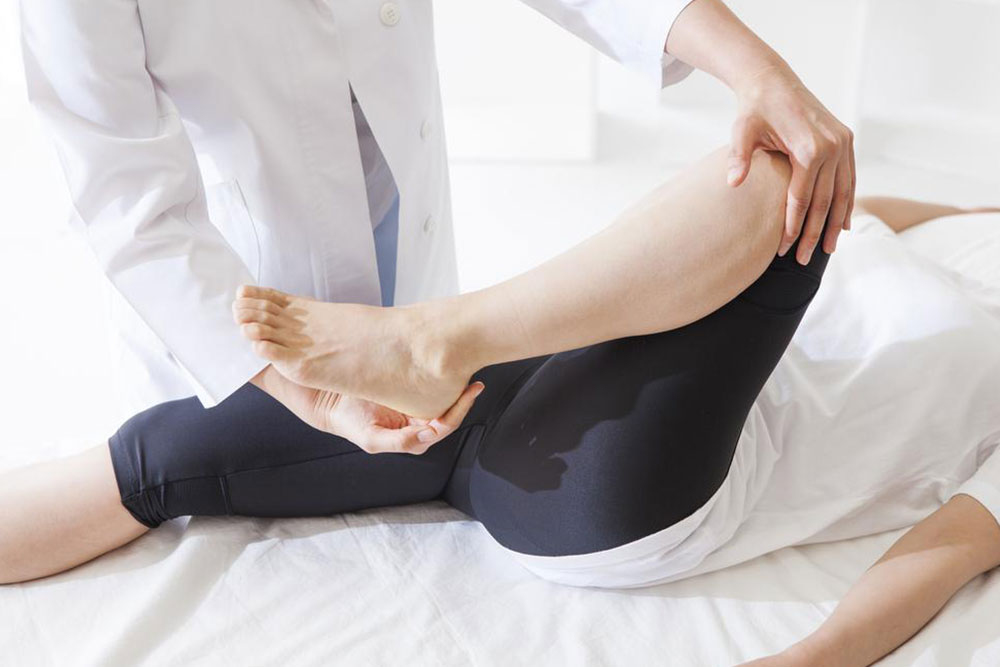Effective Strategies to Heal Shin Splints Fast
Learn essential recovery strategies for shin splints, including rest, cold therapy, medication, exercises, orthotics, and physiotherapy. Follow these tips to recover quickly and prevent future injuries, enabling you to get back to your workout routine safely. This comprehensive guide offers practical advice suitable for athletes and runners seeking effective pain relief and injury management.

Effective Strategies to Heal Shin Splints Fast
Injuries are common among passionate runners and athletes, often leading to temporary immobilization. Many injuries stem from neglecting proper body care or pushing beyond limits with unrealistic goals. Shin splints are a frequent issue causing runners to take time off to recover. They can develop due to several reasons, including:
Poor running posture
Running on uneven terrains
Skipping stretching routines
Wearing worn-out shoes that fail to support your feet
Running without proper rest and recovery
If you're suffering from shin splints, prompt care is crucial. Follow these proven steps for quick relief:
Rest: Giving your body time to heal is essential. Rest reduces strain and facilitates repair of tissues.
Apply cold therapy: Use an ice pack to decrease swelling and soothe pain. Keep it on the affected area for at least 20 minutes.
Take anti-inflammatory medications: NSAIDs like ibuprofen or aspirin can help lessen pain and inflammation.
Engage in gentle mobility exercises: Gradual range-of-motion exercises boost leg flexibility and aid recovery. Continue even after feeling better.
Use orthotics: Shoe inserts tailored to your foot shape support arch stability and prevent further stress. Switch from running to walking initially when resuming activity.
Seek physiotherapy: Consulting a physiotherapist ensures personalized treatment plans to restore movement and strengthen muscles.
These six steps will support your swift return to activity and reduce shin splint discomfort.









